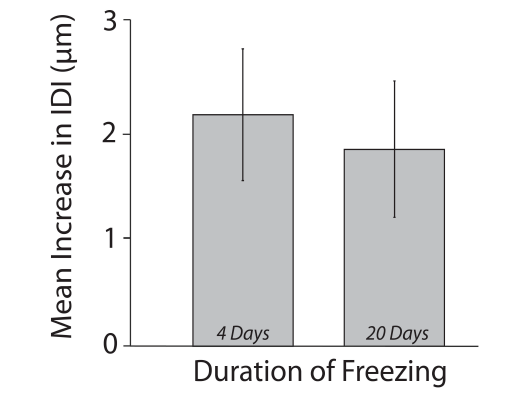Abstract
Densitometry and imaging techniques are currently used in clinical settings to measure bone quantity and spatial structure. Recently, Reference Point Indentation has opened the possibility of directly assessing the mechanical characteristics of cortical bone in living individuals, adding a new dimension to the assessment of bone strength. Impact microindentation was specifically developed for clinical studies and has been tested in several populations where there are discrepancies between bone density and fracture propensity, such as type 2 diabetes, atypical femoral fracture, stress fractures, glucocorticoid treatment, patients with osteopenia and fragility fractures, and individuals infected with HIV, among others. Microindentation will complement, not replace, existing bone analysis methods, particularly where bone mineral density does not fully explain fracture propensity. The available evidence provides solid proof of concept; future studies will fully define the role of microindentation for the assessment of bone health both in clinics and in research.
https://www.ncbi.nlm.nih.gov/pubmed/27840302
Bone. 2017 Feb;95:175-182. doi: 10.1016/j.bone.2016.11.003. Epub 2016 Nov 11.




